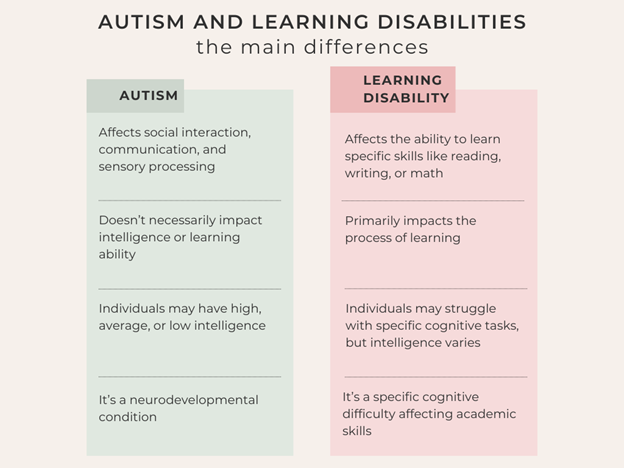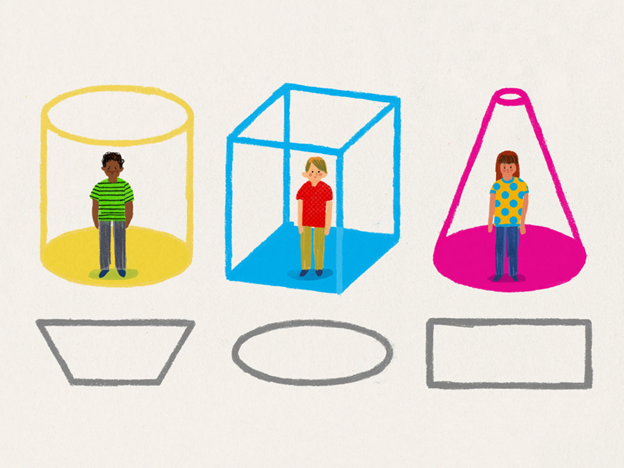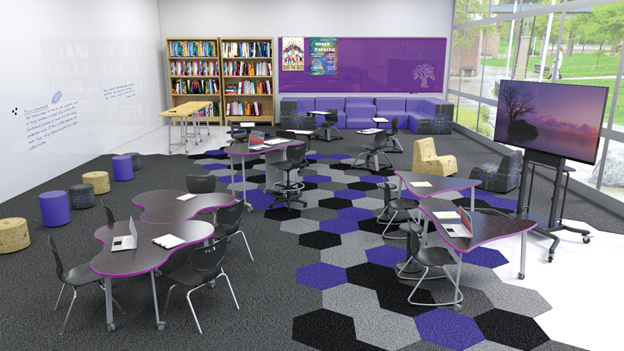When a child is diagnosed with autism, parents often find themselves on a new and unfamiliar educational path. Autism Spectrum Disorder (ASD) can influence how a child communicates, processes information, engages with peers, and interprets the world around them.

As a result, traditional learning environments may not always provide the structure or support needed for these students to thrive. Understanding how autism affects learning—and what can be done about it—is essential for helping children achieve their fullest potential.
Understanding Autism and Learning Differences

Autism is a neuro developmental condition, which means it impacts the way the brain develops and functions. While every autistic learner is unique, many experience differences in areas such as:
- Social interaction and communication
- Sensory processing
- Executive functioning
- Emotional regulation
- Information processing speed
Because of these variations, autistic students may require different teaching strategies than their neurotypical peers. It’s not about ability—it’s about access. These children are often just as capable as other students, but the way they absorb, express, and respond to information may look different.
How Autism Shapes the Learning Experience

Let’s look closer at the primary ways autism can influence a student’s learning process.
1. Sensory Sensitivities Can Distract or Distress
Many children with autism experience sensory processing differences—meaning bright lights, certain sounds, or even the texture of classroom materials can be overwhelming. In traditional classrooms, sensory overload can lead to stress, withdrawal, or behavioral outbursts, making it difficult to concentrate or participate.
2. Social Challenges Can Affect Group Learning
Autistic students may struggle with interpreting social cues, initiating conversation, or working in groups. Collaborative learning exercises, while enriching for many, may feel confusing or uncomfortable for these learners. If not supported correctly, these activities can create anxiety and make school feel unsafe or alienating.
3. Language and Communication Barriers
Some students on the spectrum are nonverbal, while others may speak fluently but struggle with pragmatics—such as understanding tone, irony, or back-and-forth dialogue. This can affect reading comprehension, oral presentations, and even classroom instructions.
4. Executive Functioning Differences Can Disrupt Workflow
Executive functions—like organizing tasks, managing time, shifting attention, or remembering instructions—are often areas of difficulty. This means autistic students might struggle to complete multi-step assignments or follow unstructured lessons without strong support systems.
5. Hyperfocus or Special Interests Can Both Help and Hinder
Many autistic learners display deep interest in specific topics. While this passion can drive incredible progress and insight, it may also cause challenges if the curriculum doesn’t allow space to explore those interests or if students resist shifting focus to other subjects.
What an Ideal Learning Environment Looks Like

To support students with autism, the learning environment must be designed with flexibility, clarity, and respect for neurodiversity. Here are some pillars of an autism-friendly educational model:
Routine and Predictability
Students on the spectrum often thrive with clear routines. A consistent schedule, transparent rules, and visual calendars help reduce anxiety and increase focus.
Individualized Instruction
Rather than grouping by age or grade, instruction that adapts to a student’s level and learning style can unlock growth. For example, a student may excel in math but need reading support—teaching should reflect that complexity.
Sensory-Aware Design
Allowing for quiet breaks, noise-canceling headphones, or alternative seating can drastically reduce stress for students with sensory sensitivities.
Social-Emotional Support
Guided social learning, one-on-one mentorship, and therapeutic integration can help students navigate emotions, build peer relationships, and gain confidence in themselves.
The Role of Online Education for Autistic Learners

Not every child on the autism spectrum is best served in a traditional classroom. For some, the chaos and rigidity of brick-and-mortar schools can be overwhelming. That’s why many families are turning to online options that offer structure and flexibility.
A well-designed virtual program can provide:
- A calm, sensory-friendly learning space (home!)
- Tailored pacing and scheduling
- Small group or one-on-one interactions
- Opportunities for asynchronous learning when needed
- Freedom to integrate therapeutic services or life skills training into the day
It’s important to note that not all online schools are created equal. For students with autism, real-time interaction, responsive educators, and individualized attention are critical components of success.
Why Families in North Carolina Are Looking Online
North Carolina offers a range of educational services for students with special needs, but access to autism-specific support can vary by district. Many families find themselves searching for a school that truly understands their child—not just academically, but emotionally and socially.
This is where options like an online school for kids with autism in NC become valuable. When parents search for:
- online school for autism in NC
- school for children with autism in NC
- school for kids with autism in NC
- online school for autistic kids in NC
—They’re often looking for programs that blend expertise, structure, and compassion in a way traditional schools can’t. A virtual program built for neurodiverse learners can open doors that once felt closed.
Every Child Deserves to Thrive
Autistic children are not broken. They do not need to be fixed. They need to be understood, supported, and empowered. The right school—whether online or in person—respects their individuality and offers tools to navigate the world with confidence.
Learning with autism is not a barrier; it’s a different road. And with the right guides, every student can reach their destination.
Considering a Better Fit for Your Child?
If your child has struggled in a one-size-fits-all classroom or you’re exploring better ways to support their learning journey, it may be time to consider alternatives. An education model that prioritizes individualized pacing, flexible structure, and neurodiversity awareness can transform frustration into flourishing.
Want to know more about what this could look like for your family? Reach out to Scholars Academy and discover how our accredited online academy is helping autistic students across North Carolina—and beyond—learn, grow, and thrive on their own terms.
